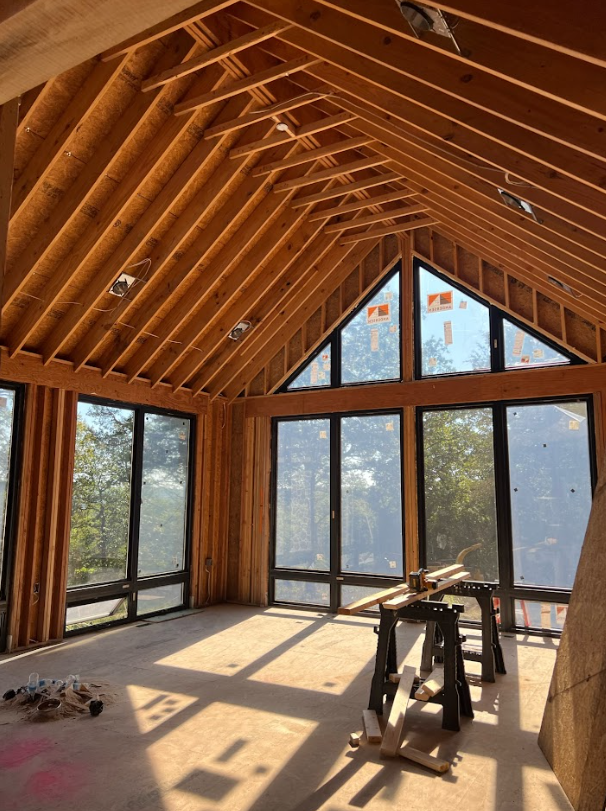
Did you know that some projects require a construction loan before you can secure a traditional mortgage? If you’re planning to build your dream home, depending on your lender, builder, and project type, a construction loan may be necessary to get started. These loans can help cover the cost of building your home, but they come with different options that can feel overwhelming at first.
To make things easier, it’s important to have a trusted and experienced lender to guide you through the loan process. However, it’s also helpful to come prepared with a little knowledge, so you can ask the right questions and feel confident in your decisions. Let’s start with a brief overview of two common types of construction loans to get you started.
1. Construction-to-Permanent Loan
A construction-to-permanent loan, often referred to as a “single-close” loan, combines two phases into one. First, the loan covers the costs of building your home. Once construction is complete, the loan converts into a traditional mortgage, eliminating the need for a second closing and the extra fees that come with it.
– How It Works: During the construction phase, you’ll typically make interest-only payments on the loan. The lender pays the builder in installments, called “draws,” as different stages of the project are completed. After the home is built, the loan converts into a regular mortgage with principal and interest payments.
– Who It’s For: This option is great for those who want simplicity and prefer to lock in a single set of closing costs upfront. It’s also ideal if you want more stability in knowing what your mortgage rate will be after construction is done.
2. Construction-Only Loan
A construction-only loan is exactly what it sounds like—it covers just the cost of construction. When the project is complete, you’ll need to apply for a separate mortgage to pay off the construction loan and take on permanent financing.
– How It Works: During the construction phase, you’ll make interest-only payments on the loan. Once the home is finished, you’ll need to apply for a new loan, which means going through another approval process and paying closing costs again.
– Who It’s For: This option might be right for you if you prefer flexibility, especially if you believe you’ll find better mortgage terms after construction is complete. It’s also useful for people who plan to pay off the construction loan quickly or have the cash on hand to do so.
How to Choose the Right Construction Loan for You
The right loan for you will depend on your financial situation, the type of home you’re building, and how involved you want to be in the process. Here are a few things to consider:
– Do you want to avoid a second closing and simplify the process? A construction-to-permanent loan may be best.
– Are you hoping to shop around for better mortgage rates after the build? A construction-only loan could give you that flexibility.
– Are you confident in your finances and prefer a fixed mortgage from the start? A construction-to-permanent loan allows you to lock in a rate early.
Talk to Your Lender
The loan process can feel overwhelming, so it’s crucial to have a lender who understands your goals and can recommend what’s best for your situation. While this overview gives you a head start, your lender will provide personalized advice based on your specific project and financial situation. Don’t hesitate to ask plenty of questions and make sure you understand every step before moving forward.
At the end of the day, building your dream home is a big journey, and understanding your loan options is one of the first steps to making it happen. With the right lender and the right loan, you’ll be well on your way!
